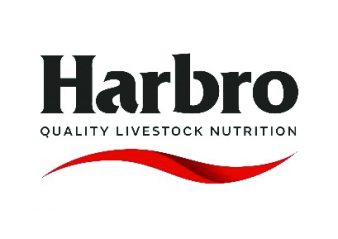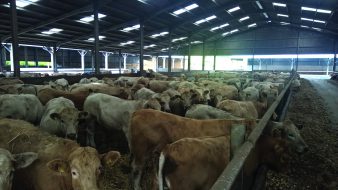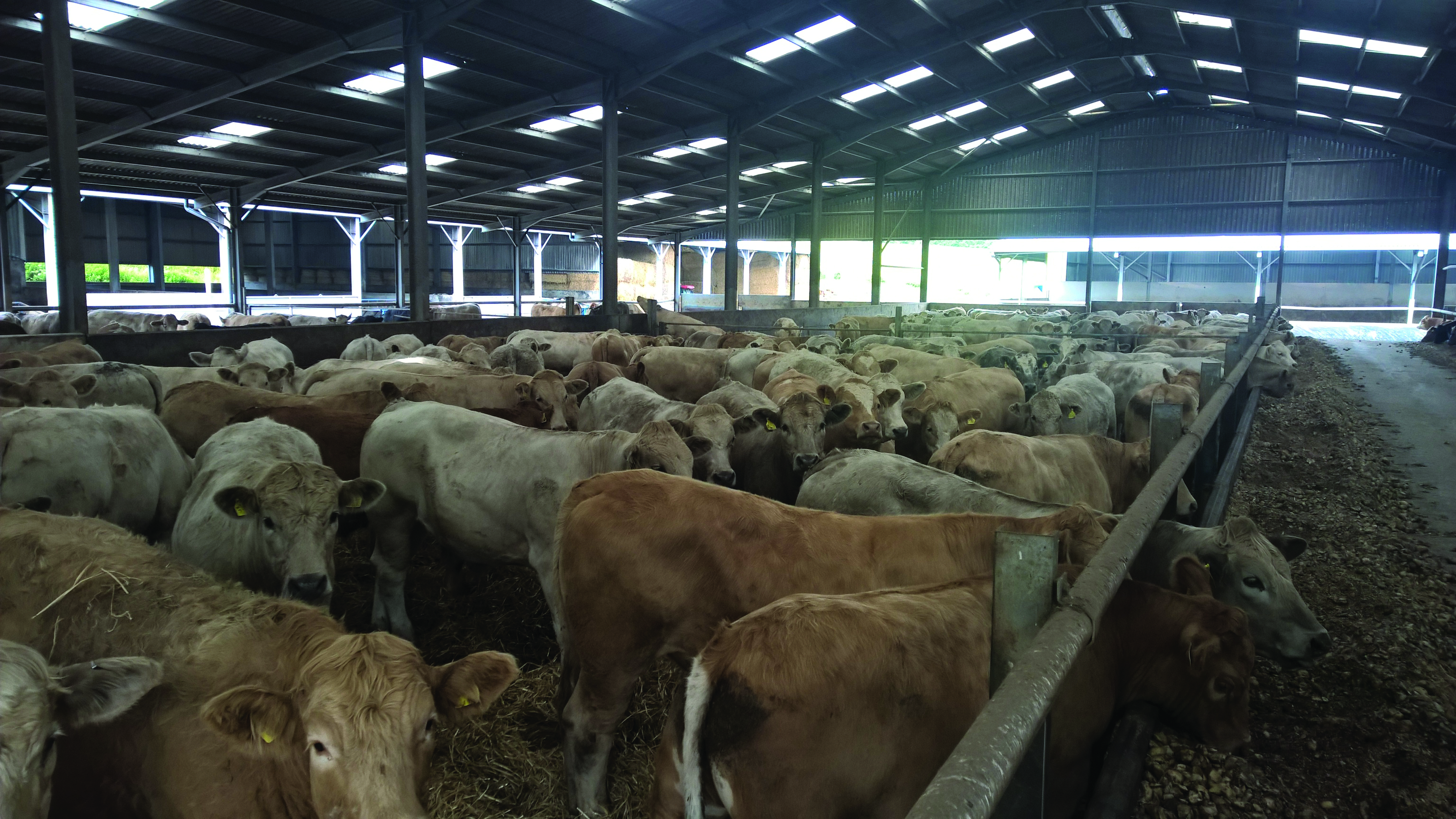By David Mackenzie, Harbro
The press is full of debate about the challenges facing not only the UK as a whole post-Brexit, but specifically the challenges which may arise for UK agriculture once current trade agreements are changed. Without doubt this has the potential to cause great change – some say for the better, whist others fear agriculture could suffer without the EU support mechanisms and tariff protections.
The truth is that nobody knows what the outcome will be, and in the context of climate change and world population growth, perhaps Brexit will not even be the dominant force for change in the years ahead.
With this background how can beef producers possibly know the right way forward for their genetics?
The reality is that the choice of bull made today is a statement of the direction of that beef business for the next number of years. The type of genetics chosen today will in many cases be a key driver towards the sort of beef herd you have in 10 years’ time.
The three pillars of farm performance: Genetics, Nutrition, Management
Looking forward, the recurrent theme which seems to come through in all scenarios seems to be a drive towards greater technical efficiency. Whether it is from a reduction in post–Brexit support, reductions in tariffs which help restrict beef imports to the UK or long-term global demand for nutrients, all roads appear to lead to the conclusion that we need to ‘maximise outputs from given inputs’.
Genetics: Starting at the beginning of the supply chain the single most important factor that determines the profitability of the whole herd, is using the best available genetics. With less labour and time available Breeders are striving towards shorter calving periods and aiming towards more consistency in batch sizes at weaning. Responding to the requirements of the finisher, the aim is to achieve less days to market and more weight off farm at a younger age. With supply chains in many cases becoming more integrated, and with performance data being more readily available, the focus on genetics is going to be stronger than ever. And with farms becoming larger, understanding the role of genetics in whole-chain efficiency will become paramount.
Nutrition: It is absolutely clear that nutrition is key to achieving the potential of genetics. Exciting new science is demonstrating the opportunity to change the way genes are expressed through nutrition, and that this might even be possible before conception! There is clear opportunity for further useful research to be carried out in this area but we should be aware of the scope to improve current efficiency through improved feeding. One of the most striking recent examples has been the improved output of heifers by applying the correct balance of protein and starch at a young age. This has led to significant extra output and value from increased carcass weight.
In the past few years Harbro have worked with producers to improve health through nutrition and as a result we have developed a clear message of getting the rumen right is fundamental to overall health.
Management: The finishing landscape is changing. The pressures being placed on processors for a more efficient supply of uniform, quality product is resulting in much closer collaborations between the large finishers and abattoirs. With a greater focus on a more consistent supply of the appropriate animals, finishers themselves are looking to source more of the ideal animals for their system. These changes will inevitably drive a new focus on management which is likely to lead to more streamlined systems relying on detailed production data.
The beef industry may have much to learn in this regard from the unsubsidised pig and poultry industries which have driven output and efficiency in a large part through tackling variation in production. Eliminating the loss from ‘bottom-third’ performers is possibly the quickest way towards improving efficiency and profitability, and this is where many in the beef industry are focusing their attention.
The reality is that much of this variation can be tackled even before bulling by planning for a tight calving pattern. A more consistent group of calves makes management so much easier, and translates to an easier managed breeding herd as replacements come through. Proper pre-bulling nutrition, bull management and health surveillance set the best foundations for bulling success. Only bulling heifers over a six week period has ensured that only the most fertile animals are joining the herd and this has been a successful improvement to many breeders.
Harbro are investing heavily in supporting a profitable beef industry. We have developed a strategic partnership with Glasgow Vet School to take a lead on understanding the interaction between nutrition, rumen health and performance data. As profit drives our decisions the Charolais breed has always been recognised for delivering a fast growing efficient animal and this is why the breed was brought into the UK industry over 50 years ago and will have an even bigger role to play in the future.
Whilst challenges are undoubtedly ahead it is quite clear that the UK has the farmers, the genetics, the science and the management skills to compete. To do that, however, we need to plan and make the right decisions now.
Picture attached: Alan Meston, Stonehaven Aberdeenshire, a great example of a data driven Beef finisher which has put Charolais at the centre of his business strategy.
Categories: Commercial, News
Maerdy Morwr finds a new home in Aberdeenshire » « Charolais sell to 5,800gns at Welshpool


